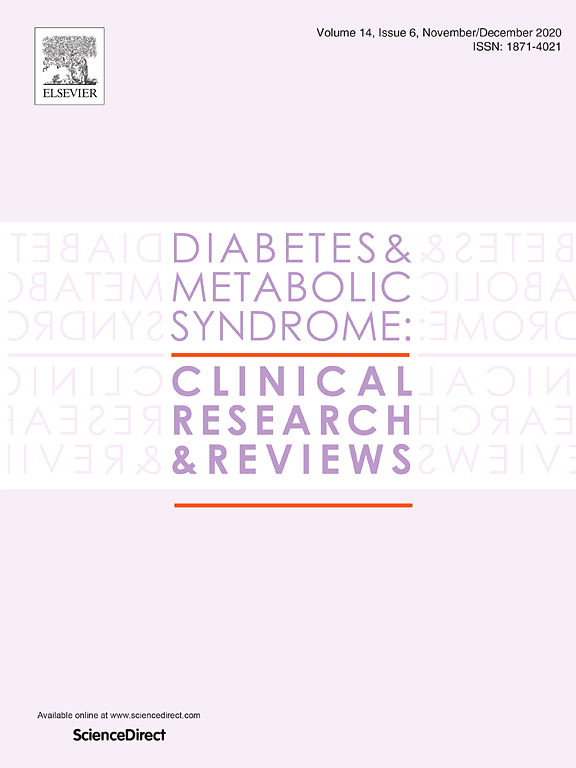
As the COVID-19 virus quickly spreads around the world, unfortunately, misinformation related to COVID-19 also gets created and spreads like wild fire. Such misinformation has caused confusion among people, disruptions in society, and even deadly consequences in health problems.

Within weeks, COVID-19 has transformed our practice of palliative care and clinical medicine as we know it. Telemedicine has emerged as a critical technology to bring medical care to patients while attempting to reduce the transmission of COVID-19 among patients, families, and clinicians.

On March 11, 2020, the World Health Organization declared the coronavirus disease 2019 (COVID-19) outbreak as a pandemic, with over 720,000 cases reported in more than 203 countries as of 31 March.

Science and technology sector constituting of data science, machine learning and artificial intelligence are contributing towards COVID-19. The aim of the present study is to discuss the various aspects of modern technology used to fight against COVID-19 crisis at different scales, including medical image processing, disease tracking, prediction outcomes, computational biology and medicines.

Elizabeth Rourke is an internal medicine physician at Brigham and Women’s Hospital. Stephen Morrissey, the interviewer, is the Executive Managing Editor of the Journal.

A vaccine candidate developed by Pfizer and BioNTech may be more than 90% effective in preventing covid-19 in participants without prior infection, the first interim analysis of the phase III trial shows.

The problem has morphed from inadequate testing capacity to inadequate numbers of people agreeing to be tested, said Osterholm, director of the Center for Infectious Disease Research and Policy at the University of Minnesota.

The authors have had experience responding to severe acute respiratory syndrome (SARS) and H1N1 influenza, formulating a national medical recovery plan in Kuwait, responding to the 9/11 World Trade Center disaster, and developing peer support programs for health care. In this commentary, we summarize lessons learned from those experiences and provide consensus on best practices […]
